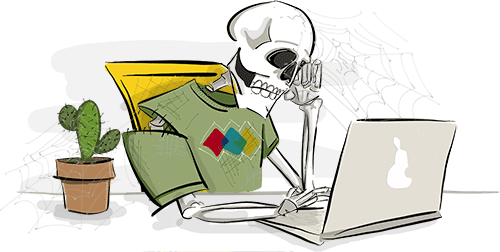
Why Performance Matters, Part 3: Tolerance Management
When technical performance optimizations reach certain limits, psychology and perception management might help us to push the limits further. Waiting can consist of active and passive phases; for the user to perceive a wait as a shorter one, we increase the active phase and reduce the passive phase of the wait. But what do we do when the event is a purely passive wait, with no active phase at all? Can we push the limits even further?

Waits without an active phase happen quite often in the offline world: waiting in a checkout line to the till, waiting for a bus, queuing in an amusement park, and so on. It is widely accepted that the longer the user has to wait, the more negative the reaction to the wait. User reaction to a wait online is no different from that in the offline world. Studies based on the analysis of more than a thousand cases identify 14 distinct types of waiting situations on the web. Being dependent on our users’ loyalty, we cannot leave them facing a passive wait.
The post Why Performance Matters, Part 3: Tolerance Management appeared first on Smashing Magazine.

